Introduction to SWATHs – Part 1
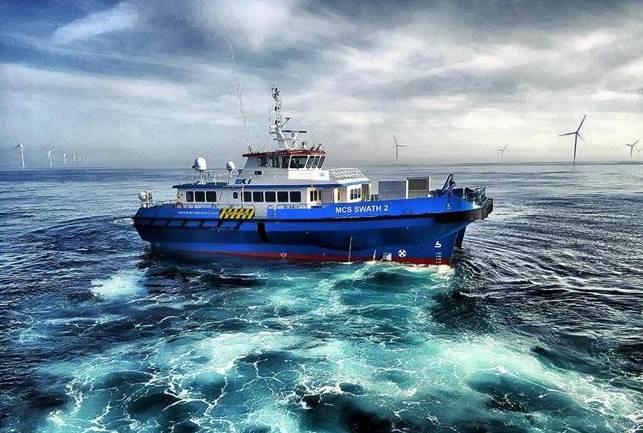
Brief History Firstly, what is a SWATH? What does it mean? SWATH stands for Small Waterplane Area Twin Hull. In simple terms, it refers to…

Brief History Firstly, what is a SWATH? What does it mean? SWATH stands for Small Waterplane Area Twin Hull. In simple terms, it refers to…
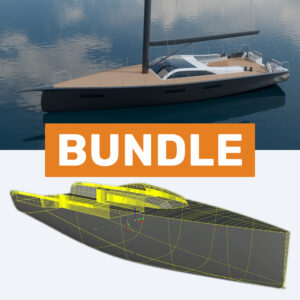
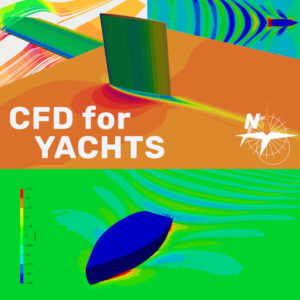
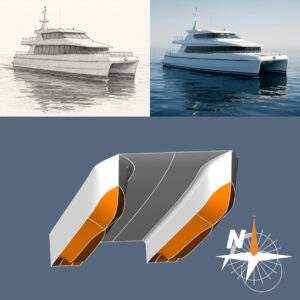
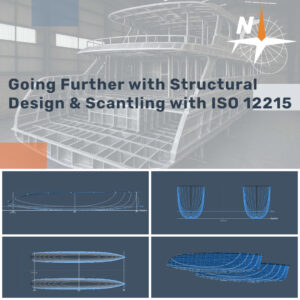
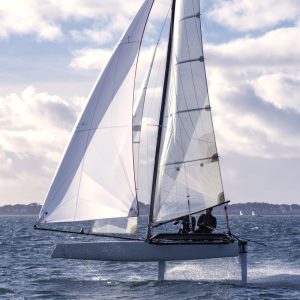
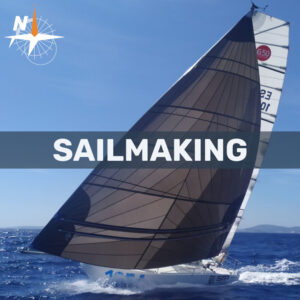

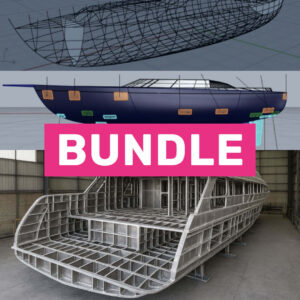
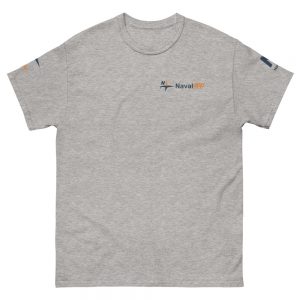
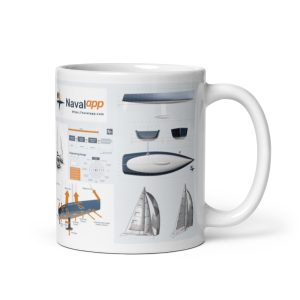
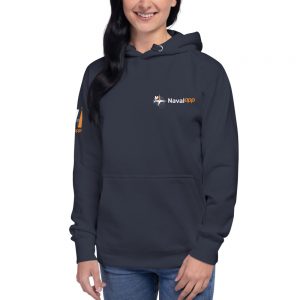
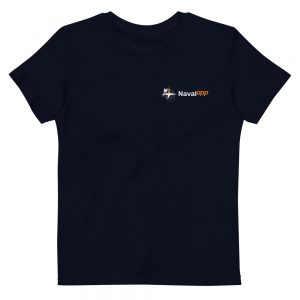
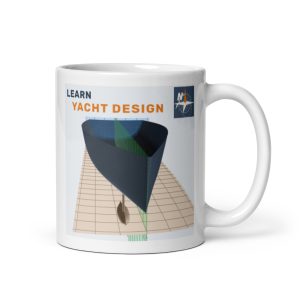


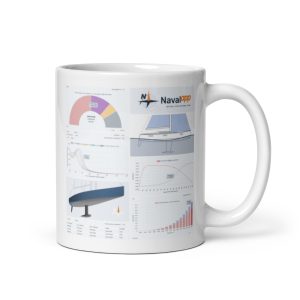
Please confirm you want to block this member.
You will no longer be able to:
Please note: This action will also remove this member from your connections and send a report to the site admin. Please allow a few minutes for this process to complete.